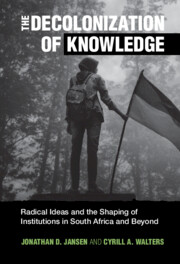In contrast to a view of secrecy as a tool of statecraft, where the game of ‘covering/uncovering’ dominates as the central way of interpreting secrecy’s power, we set out ‘secrecy games’ as an approach for understanding secrecy’s power and influence. To do so, we offer a set of three games to illustrate the more varied ways that secrecy operates and draw attention to the ways in which non-state actors use secrecy and shape its effects. In particular, we offer an analysis of: (1) the secrecy games of tunnelling in the Israeli–Palestinian conflict and the role of mobility as part of secrecy; (2) the secrecy game of camouflage and how stowaways blend in to facilitate access to global shipping routes; and (3) the secrecy game of maze-running and maze-making within urban warfare. Drawing these together, we show how secrecy involves a wider set of actors, practices, and associated knowledge-(un)making strategies than currently understood within International Relations. In turn, this expanded understanding of secrecy helps to make sense of the more complex ways in which secrecy is presented, used, resisted, and transformed – including and especially as a force that limits sovereign power – and, therefore, as central to what shapes global politics.
